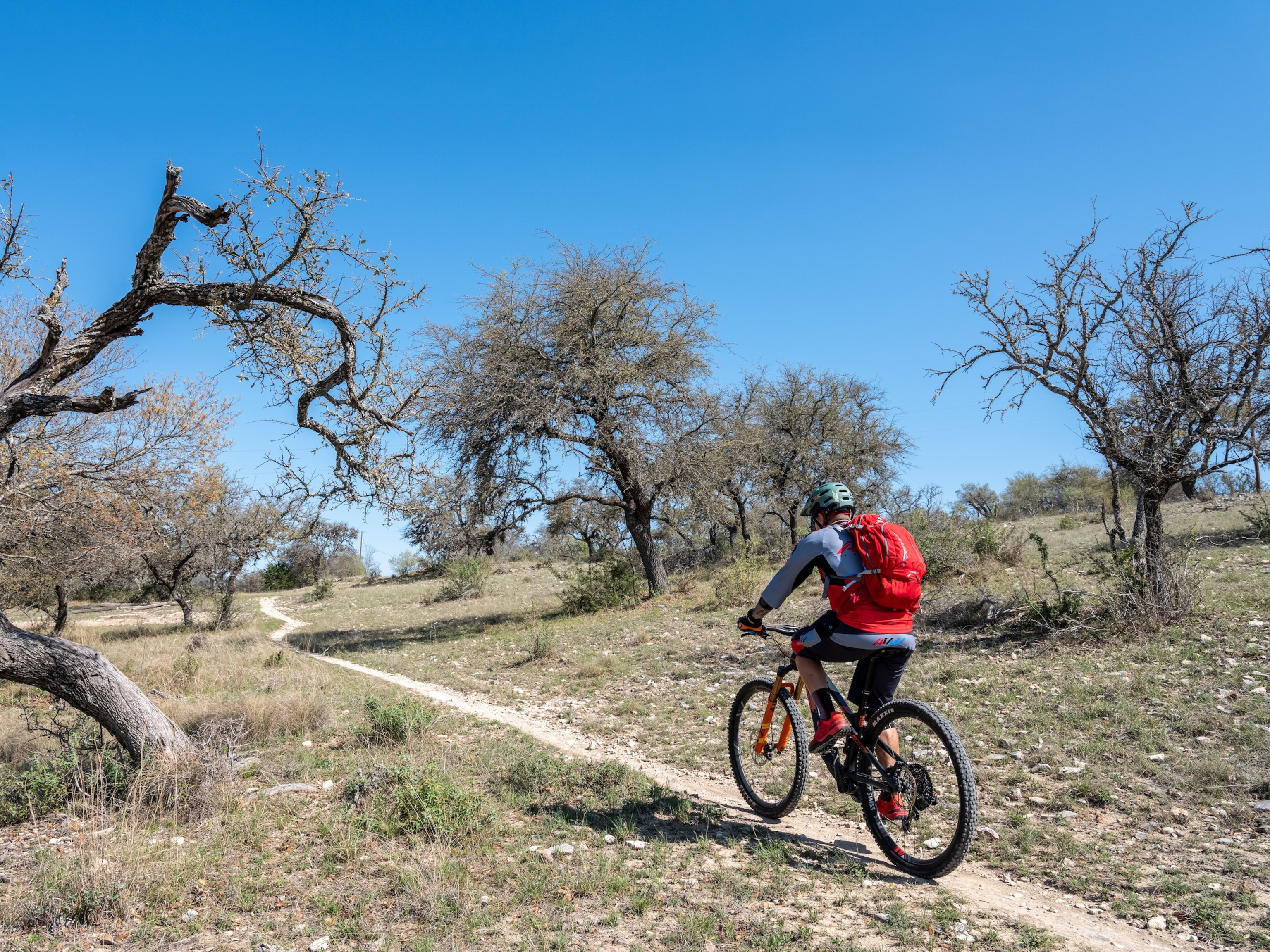
Explore more on a Texas-sized outdoor adventure
The diverse ecoregions and terrain of Texas are nature made for sampling a wide variety of outdoor experiences.
Outdoor recreation options in Texas are as big and wide as the state, thanks to a mind-boggling mix of landscapes. There’s desert, rugged mountains, and wind-sculpted sand dunes in the far west; beaches, marshes, pine-hardwood forests, and swamps in the east; and prairies, plains, plateaus, and rolling hills in between. Texas also has at least 3,000 caves and sinkholes, some of which, such as Natural Bridge Caverns north of San Antonio, are open for subterranean tours.
Add abundant sunshine and temperate weather conditions into the equation and Texas adds up to be a year-round destination for outdoor adventure. So, whether you want to embrace your inner cowboy at a place like Cypress Trails Equestrian Center near Houston or try something new like camping in a canyon, Texas has you covered. Here’s a quick look at some of the uniquely Texas places where you can explore and relax outdoors.
SCENIC STATE PARKS
The 95 Texas State Parks protect invaluable natural resources and offer an array of outdoor activities, such as camping, horseback riding, and no-license fishing. Most parks charge a nominal entrance fee, well worth the price for access to natural wonders. At the north end of Pedernales Falls State Park near Austin, for instance, hike to the overlook above the falls to see water tumbling down natural steps formed from 300-million-year-old limestone. From here, go down the stairs or trail to clamber around on the river-smoothed rock formations.
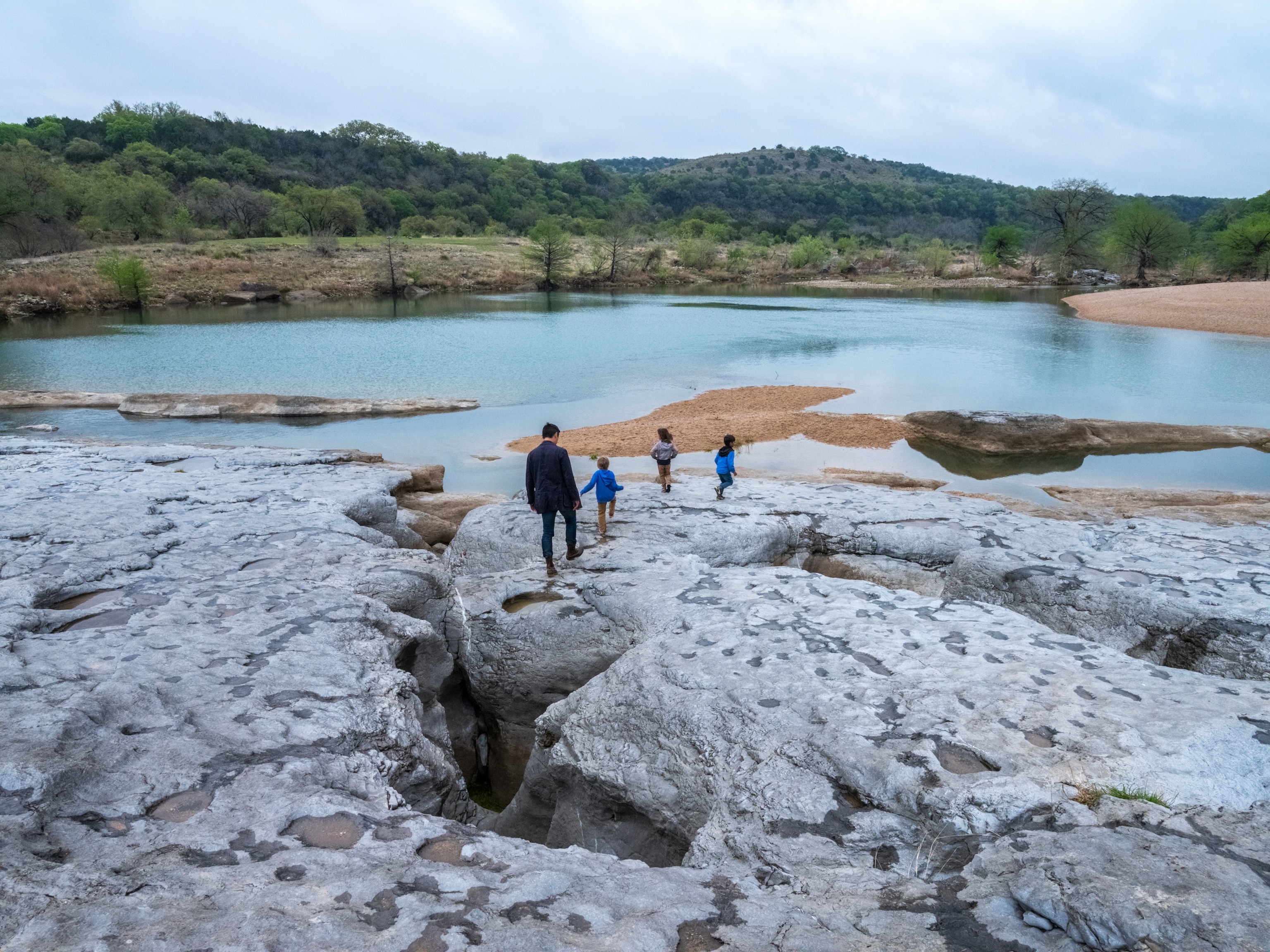
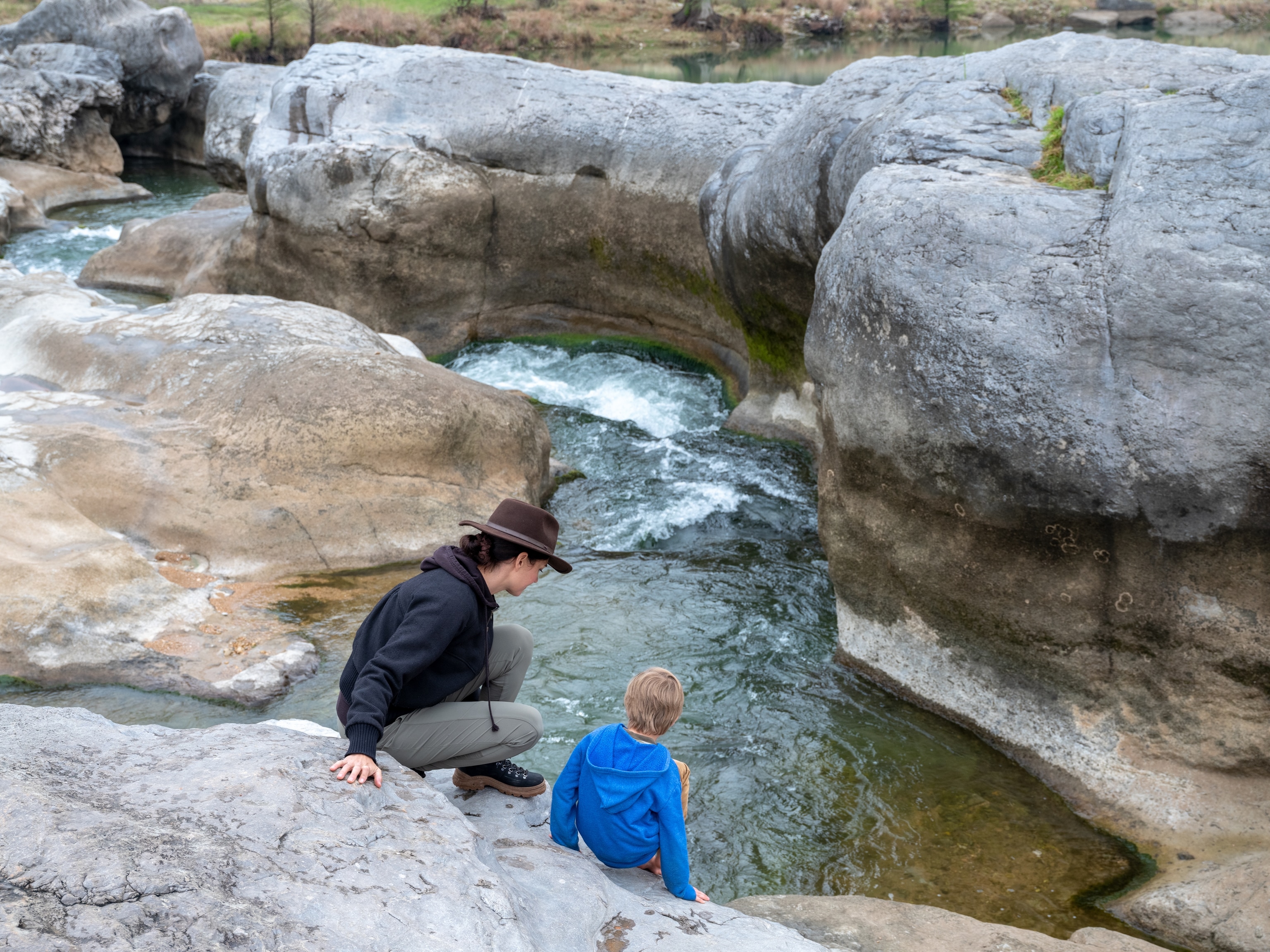
South of Amarillo in the Panhandle, explore the nation’s second-largest canyon system (the Grand Canyon is number one) at Palo Duro Canyon State Park. Trails lead along the rim (where you might see members of the official State of Texas Longhorn Herd) and down to the canyon floor. Make reservations to spend the night on the rim in a rustic, Civilian Conservation Corps-built stone cabin or on the canyon floor in a luxury glamping site.
URBAN GREEN SPACES
Nature is woven into the fabric of Texas’ biggest cities. Land conservation, public-private partnerships, and planet-friendly urban planning have created easy-access green spaces inside the city limits of places like Houston, San Antonio, and Austin. The 12-acre heart of downtown Houston, Discovery Green, has a lake, jogging trail, grassy areas, and 100-year-old oak trees. In San Antonio’s Friedrich Wilderness Park, watch for wildlife while hiking over 10 miles of trails. Try the park’s rugged Vista Loop for clear-day vistas of the downtown skyline.

Austin, the state capital, regularly ranks among the greenest urban areas in the U.S. The city, which manages more than 300 parks, is also home to McKinney Falls State Park, a limestone-and-waterfall wonderland. Connecting many of Austin’s green spaces is a network of natural greenways, including South Austin’s Barton Creek Greenbelt. The roughly eight-mile-long greenbelt is a popular jumping-off point for outdoor adventures like bouldering, biking, hiking, rock climbing, and soaking in an old-fashioned Texas swimming hole.
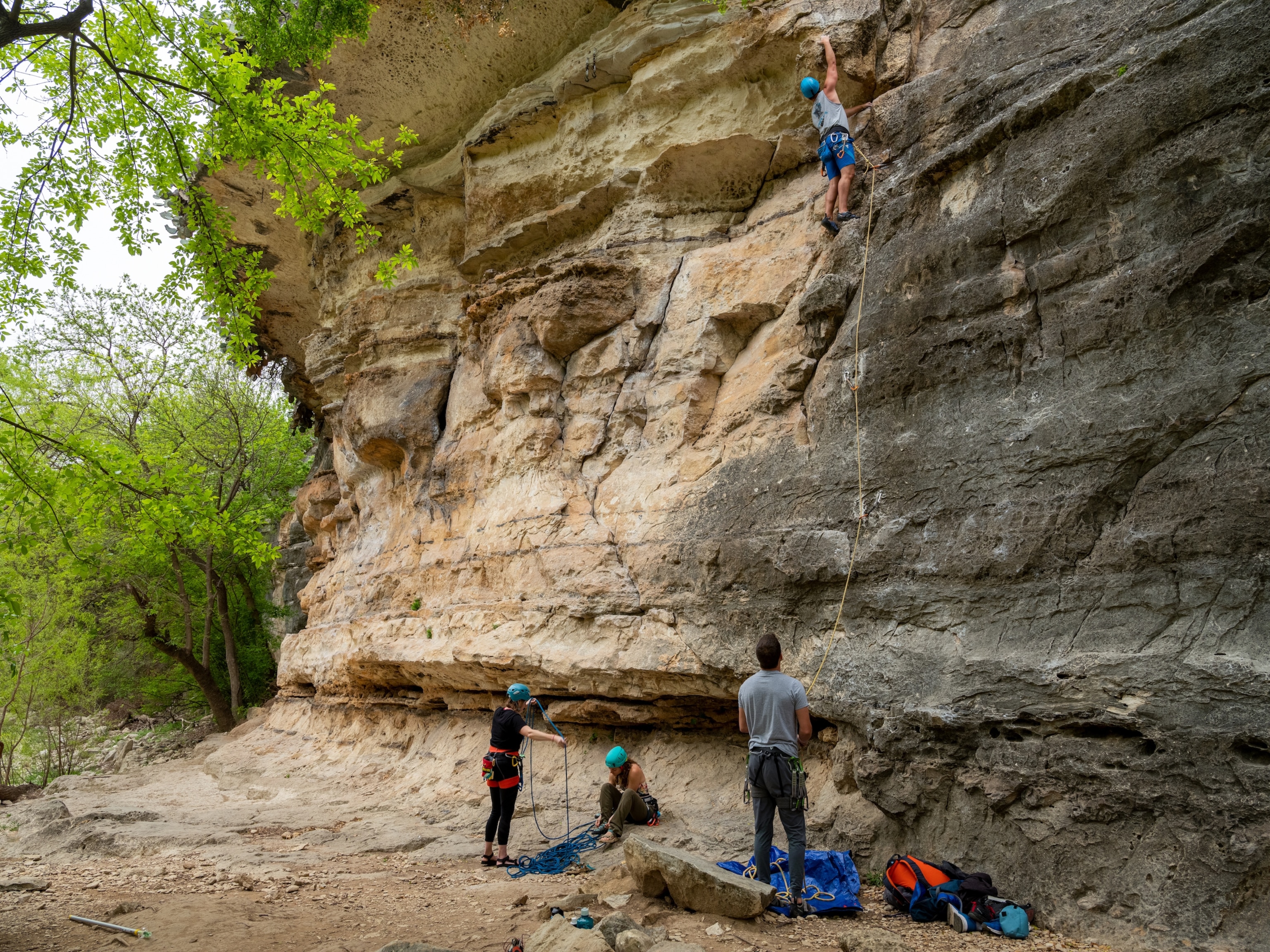
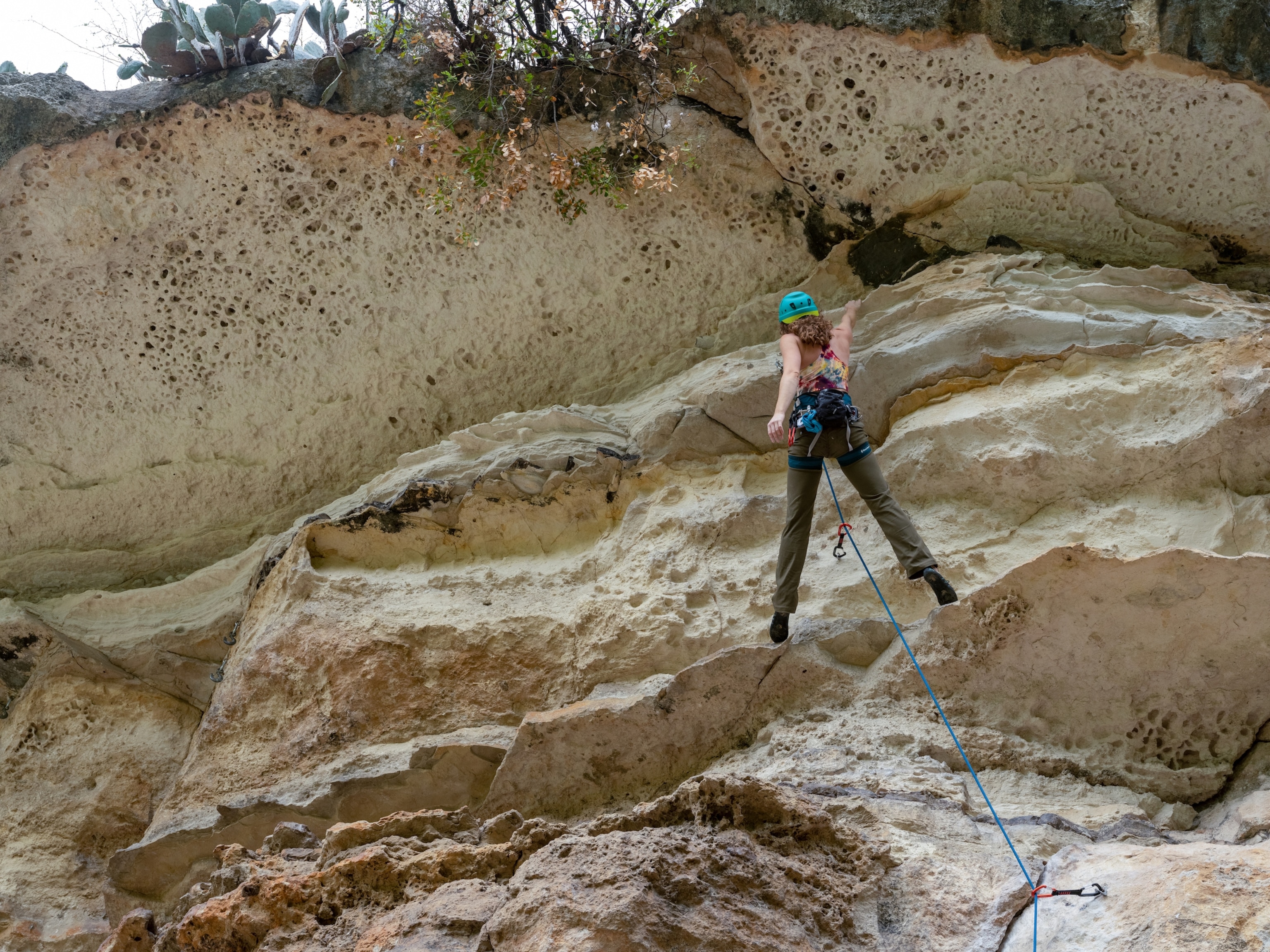
DOG-FRIENDLY PARKS
Bring your best, four-legged bud along on your next Texas adventure. Leashed dogs are welcome in nearly all Texas state parks. Among the best for hiking with a pup is Brazos Bend State Park, an hour’s drive southwest from downtown Houston. Walk your dog on the wild side on the park’s Elm Lake Loop Trail. The easy, 1.7-mile loop offers near-guaranteed views of alligators (keep at least 30 feet away and stay out of the water—dogs too!) swimming in the lake and sunning on the shore.

To let Rover roam free (under your close supervision), visit pet-friendly Austin, whose park system includes many dog-friendly spaces. The Auditorium Shores site along Lady Bird Lake has four and a half acres of play space, is partially fenced, and offers wide-open views of downtown Austin. After playing in the park, check out one of Austin’s many Fido-friendly restaurants and bars. At Yard Bar, leashed dogs and people of all ages are welcome on the outdoor patio, while the dog park is an outdoor bar open to those age 21 and up and their pups.
TEXAS-STYLE BIKE TRAILS
Biking in Texas is whatever you want it to be. The state’s wildly diverse topography means there are plenty of options for leisurely pedaling, adrenaline-pumping mountain biking, and everything in between. For a uniquely Texan experience, tackle the mountain biking trails at Flat Rock Ranch, a Hill Country cattle ranch-mountain biking venue northwest of San Antonio. Ease into the action on the meandering Green Loop before tackling challenging uphill climbs, steep descents, and big-thrill enduro runs (a type of mountain bike racing where only the downhill is timed) like the fast-and-fun Cowabunga.


Northwest of Austin on the shores of Lake Buchanan, ride the chairlift up and rumble back down at Spider Mountain, the nation’s only lift-served, year-round mountain bike park. Most trails are for intermediate to expert riders, but beginners can feel the thrill of downhill freeriding on the Itsy Bitsy trail. If long, scenic rides on an e-bike or road cycle are more your speed, head to far West Texas and cruise more than 100 miles of lightly traveled paved roads in Big Bend National Park.
STATE HISTORIC SITES
Hike, pedal, or paddle through Texas history at a state historic site. Every second Saturday, the 1,200-acre San Jacinto Battleground State Historic Site east of Houston offers car-free cycling from 7 to 9 a.m. The site also hosts guided battleground bike tours and is open year-round to picnickers, hikers, and leashed dogs. Walk the marsh and prairie trails during spring and fall migration to spot wading and shorebirds. Or, kayak in the shadow of the site’s centerpiece San Jacinto monument, the 570-foot obelisk marking the spot where Texas won its independence from Mexico in 1836.


At Caddo Mounds State Historic Site in East Texas, you can walk in the footsteps of the ancient Hasinai Caddo people. An interpretive trail leads past the site’s three earthen mounds, remnants of a village and ceremonial center built more than 1,200 years ago. A separate trail retraces part of the El Camino Real de los Tejas National Historic Trail, the 2,500-mile-long Spanish trade route that ran from Mexico to Louisiana.





